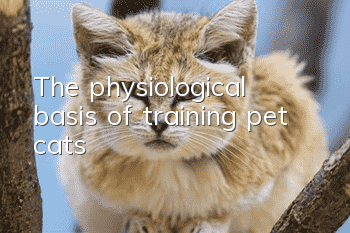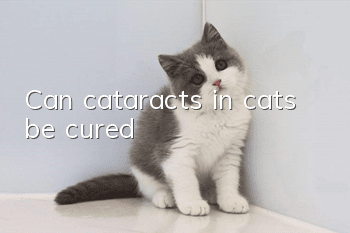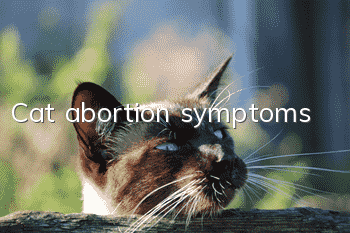The physiological basis of training pet cats

Cats are intelligent and active by nature. They like to play and are very curious. They are very interested in bugs, thread balls, ropes, paper balls, and leaves blown by the wind. They often fiddle with and play with these things. Usually, cats can instinctively make various interesting actions such as rolling, raising their limbs in the air, and standing upright when teased by their owners. However, it is much more difficult to train cats to do some more complex movements than dogs. This is because cats are very independent and have an extremely stubborn character that does not want to be manipulated by others. Even if the owner doesn't let the cat do something it likes, it won't do anything if the owner doesn't like it. If the cat doesn't like something, it won't accept it even if it is forced to do it. In addition, cats are alert by nature and are easily afraid of bright lights and large crowds of people, so it is more difficult for them to perform in public.
However, as long as you have patience and combine scientific methods, cats can still be tuned and trained in a short period of time. The completion of all cat behaviors is based on neural reflexes as its physiological basis. The so-called reflex activity is the process in which the body reacts through the activity of the nervous system after the body's receptors are stimulated by certain stimuli. For reflex activity to occur, there must be stimulation. Stimuli refer to those that can be sensed by the body's tissue cells and can cause certain reactions. Changing internal and external environmental factors. Such as tapping and pressing. Light, sound, temperature, etc. Cats have various sensitive receptors in their bodies, such as vision, hearing, smell, and various temperature, pain, and touch receptors in the skin. They can each sense different stimuli and convert these stimuli into neural excitation processes. When the excitement reaches the brain along the afferent nerves, the brain responds immediately and transmits instructions to the effectors (muscles, glands, etc.) through the efferent nerves, causing the effectors to take corresponding actions.
Animal reflexes can be divided into two categories: unconditioned reflexes and conditioned reflexes. Unconditioned reflex is an innate reflex that animals are born with and is the most basic and important reflex activity for animals to maintain life. For example, kittens will be able to suck milk and breathe when they are born. Stimuli that can cause unconditioned reflexes are called unconditioned stimuli, such as food, touch, tapping, etc. Conditioned reflexes are neural reflex activities that are gradually formed after an animal is born and adapts to the living environment during its life. It is acquired. This reflex is an advanced neurological activity that ensures a high degree of balance between the animal's body and the surrounding environment. It is a habit formed during the feeding and management process and various abilities developed through training. It is an individual-specific reflex activity.
The cat’s unconditioned reflex is the basis of conditioned reflex. Any kind of conditioned reflex is based on the unconditioned reflex and applies effective stimulation methods to make the cat develop the ability that people need. Therefore, training cats uses the cat’s conditioned reflex. When training a cat. The cat does not understand the true meaning of the commands and gestures issued by the owner, but makes it develop a habit through training. That is, when the cat hears a certain command or sees a certain gesture, it will make corresponding actions.
- Why do cats only meow at people but rarely at other cats of the same species?
- What will happen if a cat eats raw eggs?
- Which houseplants and flowers are toxic to cats?
- Can I keep a cat while pregnant?
- What is the normal weight of a cat?
- What is the general price of a blue cat with folded ears? Price of a blue cat with folded ears!
- How to train a cat to poop on the toilet
- At what age can a cat brush its teeth?
- Why do cats sometimes have yellow discharge from their ears?
- How are fold-eared cats bred? Once you know it, you will realize how cruel humans are!



